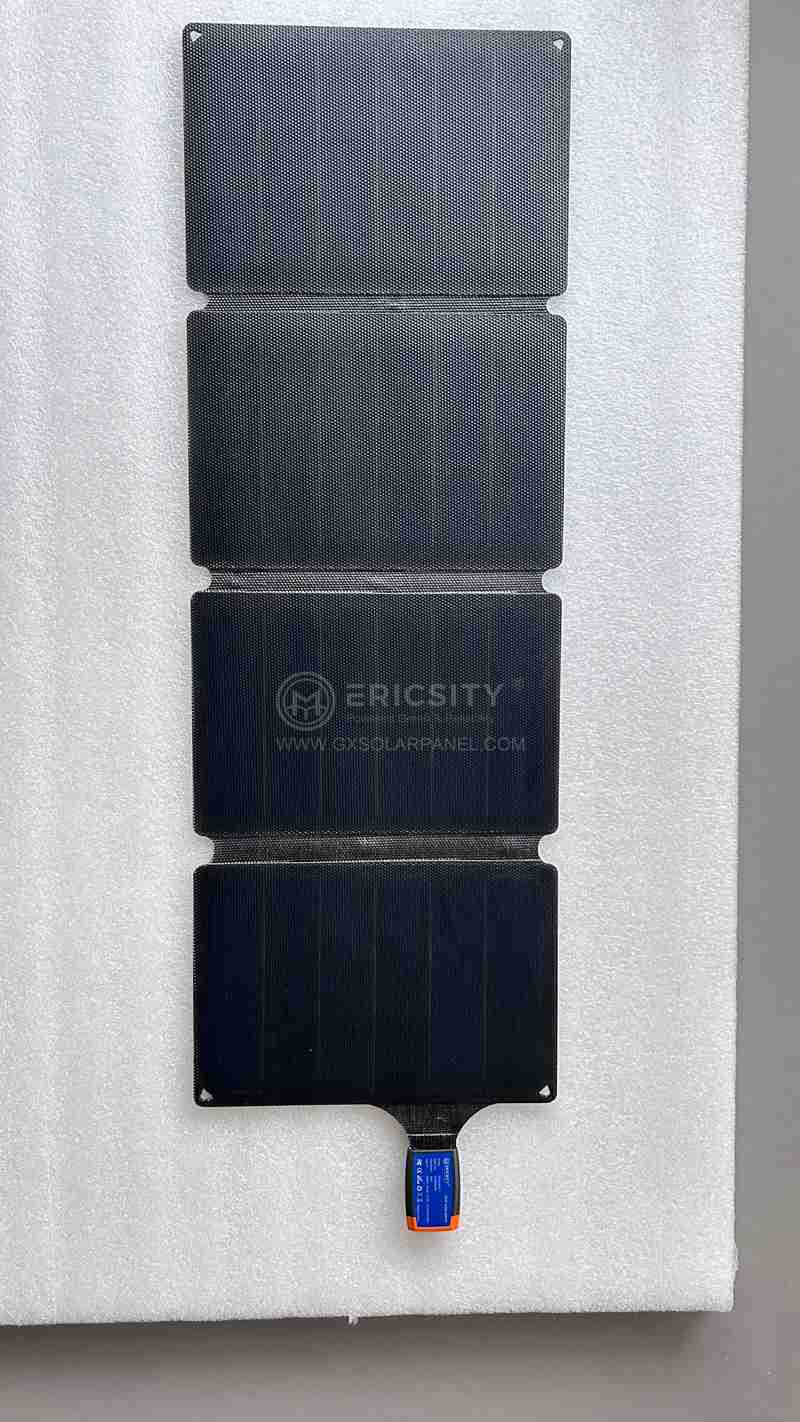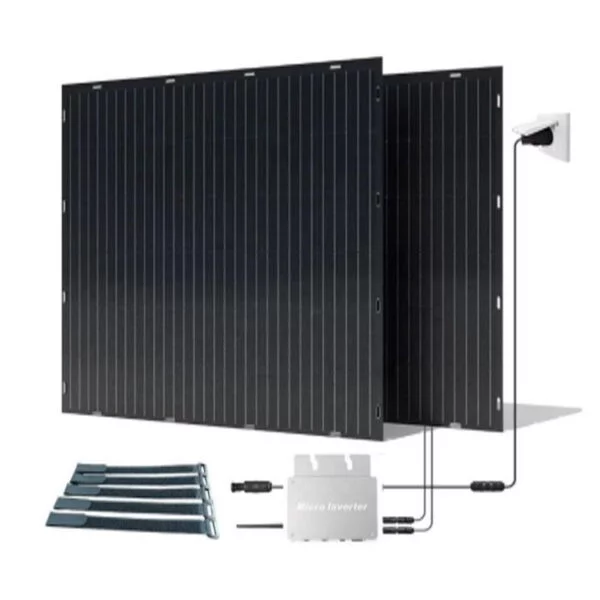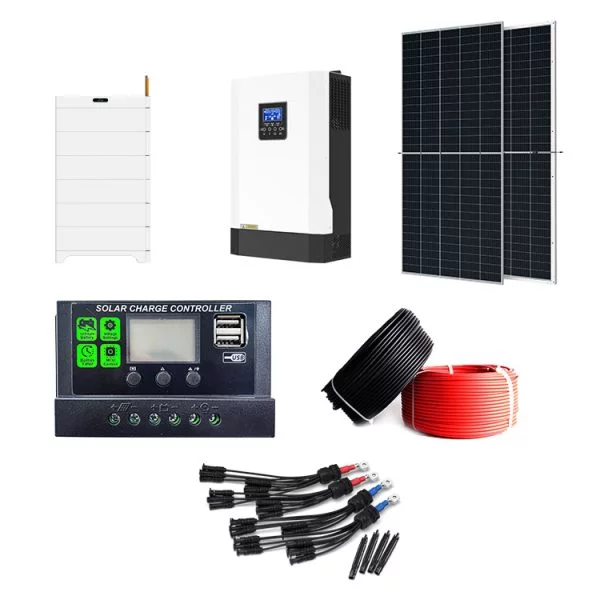HOT PRODUCT
Product Details
Innovative Solar Solutions: The Technology Behind 100w Semi-flexible Panels
Innovative Solar Solutions: The Technology Behind 100W Semi-flexible Panels
Solar energy has emerged as a game-changer in the global push for sustainable and renewable energy sources. As technology continues to advance, solar panels have become smaller, more efficient, and more versatile. One example of this technological progress is the development of 100W semi-flexible solar panels. These panels offer innovative solutions for a wide range of applications, from residential to commercial and even marine use. Let’s delve into the technology behind these groundbreaking solar panels.

One of the key features of the 100W semi-flexible panels is their flexibility. Unlike traditional rigid solar panels, these panels are made of lightweight and flexible materials, such as advanced polymers and thin-film solar cells. This flexibility allows them to conform to curved surfaces, enabling installations on uneven or irregularly shaped structures. As a result, they offer greater design flexibility, making them ideal for applications where rigid panels would be impractical or aesthetically unappealing.
The core technological component of these panels lies in the use of thin-film solar cells. Traditional solar panels typically use crystalline silicon cells, which are relatively thick and rigid. In contrast, thin-film solar cells are made by depositing a thin layer of semiconductive material onto a substrate, such as glass or metal. This thin-film technology offers several advantages over traditional solar cells.
Firstly, thin-film solar cells are more lightweight and flexible, making them well-suited for applications that require portability or adaptability. The thin-film technology also allows for greater heat dissipation, reducing the chances of overheating and improving overall panel efficiency. Additionally, thin-film solar cells are less prone to damage from shading or partial soiling, ensuring that the panels continue to generate electricity even under less-than-ideal conditions.
The efficiency of solar panels is a critical factor in their performance. The efficiency of a solar panel refers to the amount of sunlight it converts into usable electricity. The higher the efficiency, the more power the panel can generate. While 100W may not sound like a significant amount of power, it is impressive when considering the size and flexibility of semi-flexible panels.

Currently, the efficiency of thin-film solar cells used in 100W semi-flexible panels ranges from around 10% to 15%. While this is lower than the efficiency of some conventional solar panels, the advantages offered by the flexibility and versatility of these panels make them an attractive option for specific applications. For example, they are widely used in the marine industry, where they can be easily mounted on the curved surfaces of boats or yachts.
To achieve higher efficiencies with thin-film technology, researchers are exploring innovative methods, such as tandem cell configurations. Tandem cells involve stacking multiple thin-film layers with different absorption properties to capture a broader spectrum of sunlight. These advancements hold promise for future generations of 100W semi-flexible panels with even greater efficiency.
In conclusion, the technology behind 100W semi-flexible solar panels represents a significant step forward in the world of solar energy. Their lightweight and flexible nature, made possible by thin-film solar cell technology, make them a versatile and innovative solution for various applications. While their efficiency might be slightly lower compared to traditional panels, their unique advantages expand the possibilities for utilizing solar energy in unconventional and challenging environments. As technology continues to improve, we can anticipate further advancements in the efficiency and versatility of these remarkable solar panels.




